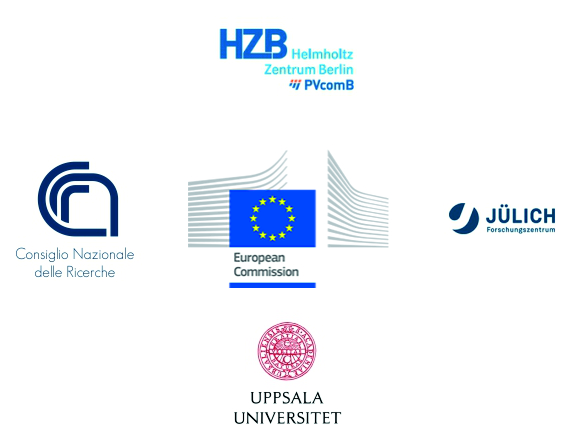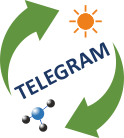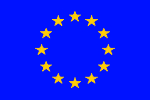27 November 2020
The H2020 Project TELEGRAM has started in November 1st, funded by the European Commission within the Topic “ Developing the next generation of renewable energy technologies”.
As a research and innovation action, the TELEGRAM project has the main objective to demonstrate at the laboratory scale, a complete green ammonia carbon-neutral energy cycle, all based on electrochemical process, enabling the use of ammonia as a fuel.
This challenge will be addressed by the partners under the coordination of the Institute for Microelectronics and Microsystems (IMM) at the National Research Council (CNR), bringing together the expertise from the Forschungszentrum Juelich, Germany, Competence Centre Thin Film and Nanotechnology for Photovoltaics Berlin (PVcomB) at the Helmholtz-Zentrum Berlin fur materialien und Energie GmbH (HZB), Germany, Uppsala University, Sweden.
Members of the TELEGRAM Consortium, representatives of the European Commission and a representative of the External Advisory Board participated in the kickoff meeting, on the 27th of November 2020. The Meeting was an online event.
Discussion took place regarding the ultimate target of the TELEGRAM project, which requires the development of two key enabling technologies: the electrochemical ammonia synthesis powered by renewable energy sources, and the NH3 powered fuel cell for electricity generation. Both these two technological steps will be investigated and the challenges related to intermittent renewable energy sources will be addressed. Novel energy materials, such as high entropy alloys and nanostructured catalysts will be studied and implemented.
The partners plan to implement a demonstrator including an multi-stage electrochemical ammonia reactor powered by renewable energy sources and a direct ammonia fuel cell.
The project runs for 42 months from November 2020 to April 2024 and it is founded by the Horizon 2020 Programme under GA 101006942









 Visit Today : 112
Visit Today : 112 Total Visit : 124827
Total Visit : 124827 Who's Online : 4
Who's Online : 4
Comments are closed